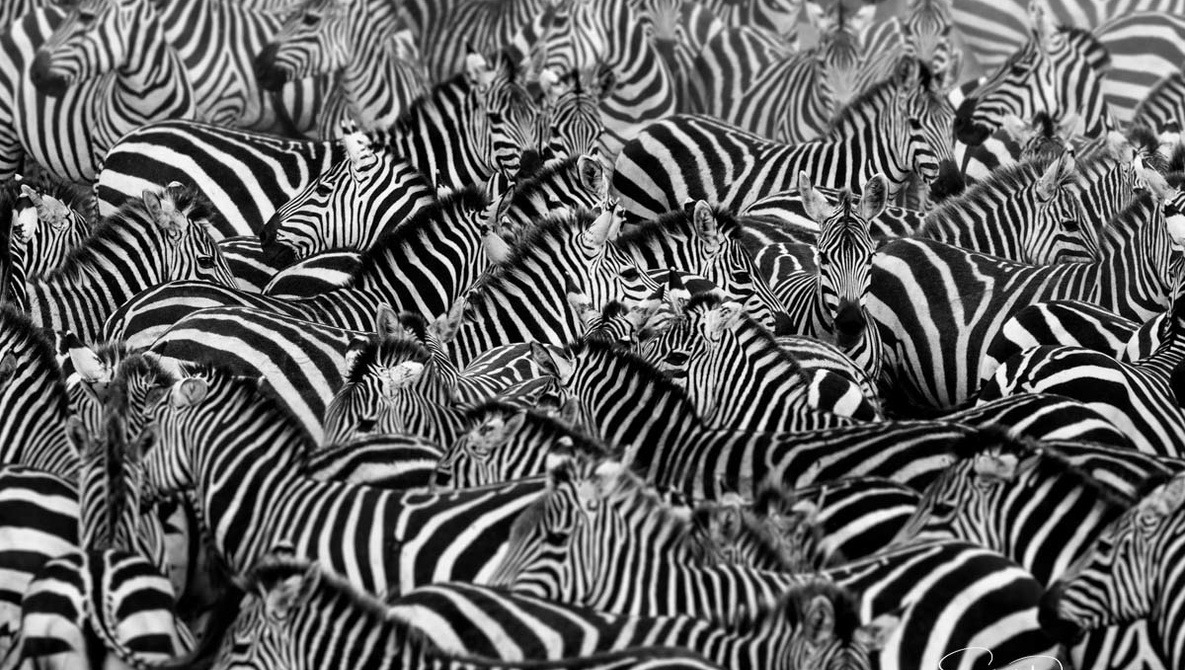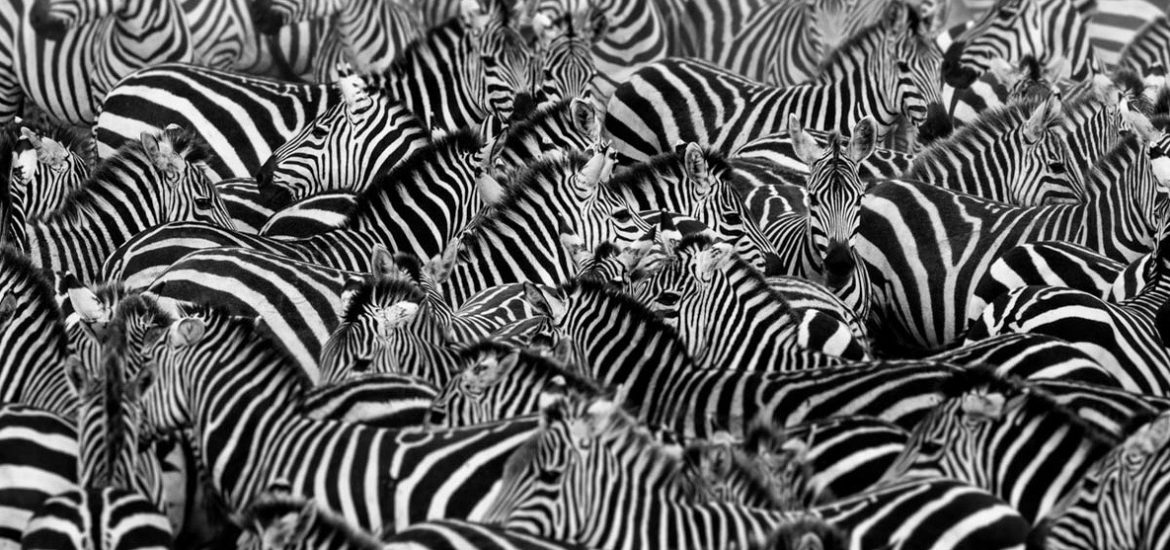
So, what are the best settings for wildlife photography? Most people would argue that aperture priority would be the best way to tackle shooting fast action like wildlife and sports. It gives you the best balance between automatic camera settings (like picking the correct shutter speed) and manual control (like the ability to compensate for exposure).
Before I go any further, let me just say that I love aperture priority. It’s the first mode I learned to shoot with, and I will continue to keep using it, as it does have a lot of flexibility while hand-holding the camera. In fact, it’s probably the best mode to use while hand-holding the camera. However, for fast action, it simply doesn’t hold up to the demands that this type of photography requires, especially in situations with poor or dynamic light.
Throughout the various types of photography (landscape, wildlife, portrait, etc.), there is almost always one throwaway exposure setting. And what I mean by that is that there’s usually one exposure setting (aperture, shutter speed, or ISO) whose value genuinely doesn’t matter, because the other two values are more important and cannot change.
For example, in a sunset landscape photo of Badwater Basin in Death Valley, most of us would likely set the aperture first to control the depth of field and the ISO second to control the noise, but the shutter speed doesn’t really matter. Whatever light you are given at that time by Mother Nature you can’t control, so the shutter speed can just be whatever it needs to be to get the desired exposure. And in this situation, no one is going to argue about the shutter speed needing to be one second or 0.3 seconds. It just doesn’t matter because the other two values take precedence.
In another example, when shooting the Milky Way, the aperture always needs to be wide open to let in the most light and the shutter speed needs to be fast enough to freeze the stars in the sky, so they remain pinpoints and not blurry. In this example, the ISO value is irrelevant because the other two exposure values are more important to get the desired shot.
With wildlife and action photography, aperture and shutter speed are also of the utmost importance. The aperture value needs to be lower for a shallower depth of field and the shutter speed needs to be higher to capture the action without motion blur. The ISO doesn’t really matter because the other two values take precedence. The ISO value is going to be whatever it needs to be to get the correct exposure. And again, no one is going to care whether that ISO value is 400 or 1,600. You are most likely only going to care that the action was frozen without motion blur.
So, if aperture and shutter speed are the most important values in wildlife and action photography, then why would one use aperture priority to get the shot? With this mode, you are setting the aperture and the camera is automatically setting the shutter speed. But what most people forget is that you are also responsible for setting the ISO. And in fast-changing conditions, being in constant control of two out of the three camera settings can cause you to lose the shot, especially in difficult lighting.
In the past, I was repeatedly disappointed with an inordinate number of my wildlife shots having motion blur due to the shutter speed not being as fast as it should have been. Because of my naive desire to have a noiseless image, I would persistently set the ISO to match the lighting conditions while trying to keep it as low as possible. And in doing so, the camera could not choose a shutter speed that was high enough to mitigate the motion blur of either the subject or my own movement, which was also exacerbated by an increase in focal length. What I failed to realize at the time was that ISO noise in an image can be corrected in post-processing. Motion blur cannot. And I have too many wildlife images with motion blur as proof that this method of shooting can be inferior.
If ISO doesn’t really matter as much as the desired depth of field and stopping motion blur, why not let the camera set it automatically? This was a major “aha” moment for me, like when I figured out that back-button focus was far superior, but that’s for another article.
The solution for me was to set the camera in manual mode with auto-ISO. In wildlife photography, you are likely to use a telephoto or super-telephoto lens, and the general rule of thumb is to have your shutter speed be higher than the focal length of your lens. So, if you are using a 400mm lens, you would want your shutter speed to be at least at 1/400 s. You are also most likely going to need a shallow depth of field to isolate the subject, something like f/4 or f/6.3. Now that you have both the aperture and shutter speed locked in, all that’s left is to set the ISO to auto and fire away. And since the ISO is in auto, you will never have to worry about changing more than one setting at a time.
I recognize that this method isn’t exactly for everyone. It requires a lot of faith in your camera and takes away some of your control. If you are averse to letting your camera set the ISO for you, ask yourself what’s more important: a sharp image with no motion blur or a noiseless image? For me, the answer would undoubtedly be a sharp image with no motion blur.
Since I switched to using this method, I can honestly say that it’s been rewarding. Auto-ISO has enabled me to focus more on the taking of pictures and less on the exposure triangle. I would encourage anyone reading this to try it out and see if it changes how you take photos. After all, a lot of us got into photography for the images, not the settings.
